Period Pain
How to submit an article:
- Registered users can submit any published journal article that has a unique DOI (Digital Object Identifier) name or link to Research Hub.
- For example, you can paste the full DOI link:
https://doi.org/10.1109/5.771073or just the DOI name:10.1109/5.771073into the field above and click submit. - The person who is first to submit a valid article to Research Hub will forever be credited for it, and every article submission earns you +6 Research Points.
Also known as: Dysmenorrhoea, Primary Dysmenorrhoea
Sub-Topics:
Related Topics
Published research studies are articles that present the findings of original research that has undergone a peer-review process and has been made publicly available in scholarly journals, books or other media.
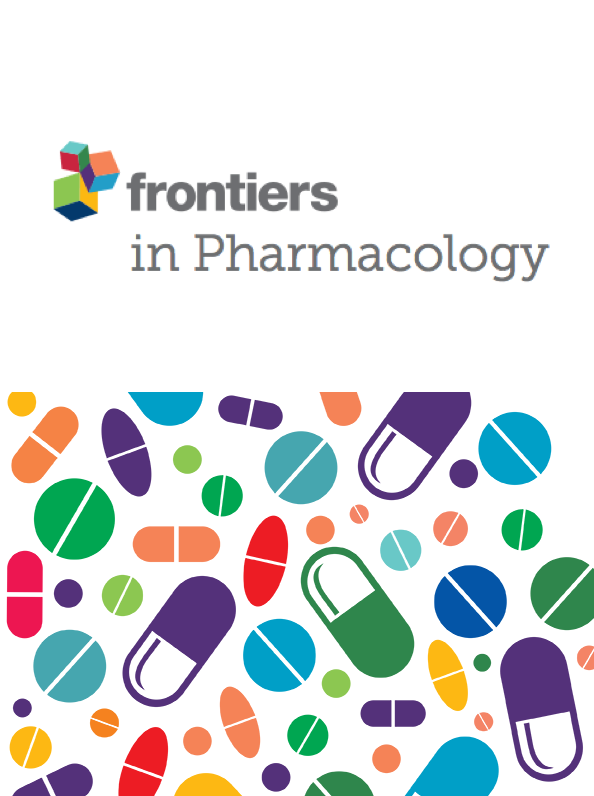
Ziziphus jujube promotes fertility and pregnancy outcomes in Rat model of uterine adhesions
2025 Jan 27 Frontiers in Pharmacology Asgharzadeh F, Attarian M, Khazaei M, Al-Asady AM, Mansoori S, Naimi H, et al.
Treatment with resulted in a significant reduction in uterine tissue fibrosis, positive outcomes in embryonic development, pregnancy rates, and pregnancy outcomes, as well as inhibition of formation of extra-uterine adhesion bands to internal organs.
Animal Study Pregnancy Uterine Adhesion Endometriosis Jujube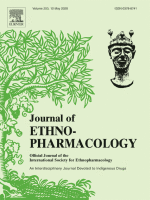
Potential Mechanisms of Guizhi Fuling Wan in Treating Endometriosis: An Analysis Based on TCMSP and DisGeNET Databases
2024 Jul Journal of Ethnopharmacology Yee JL, Huang CY, Yu YC, Huang SJ
Systematic Review Endometriosis Gui Zhi Fu Ling WanGuizhi Fuling Wan, a traditional Chinese herbal formula, can inhibit endometriosis growth and enhance the effects of western medicines used to treat the condition.
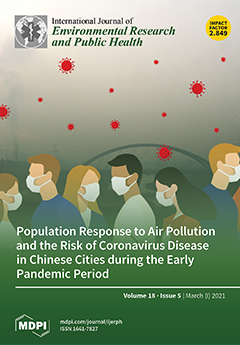
Single-Blind Randomized Controlled Trial: Comparative Efficacy of Dark Chocolate, Coconut Water, and Ibuprofen in Managing Primary Dysmenorrhea
2023 Aug 21 International Journal of Environmental Research and Public Health Nuha K, Rusmil K, Ganiem AR, Permadi W, Diah Herawati DM
Randomised Controlled Trial Period Pain Ibuprofen Coconut WaterDark chocolate, with its high cocoa content, may possess pain-relieving properties comparable to Ibuprofen.
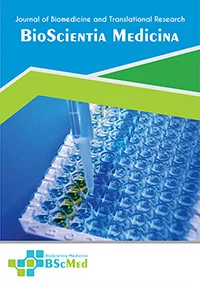
The Effect of Giving Dark Chocolate on Reducing Menstrual Pain in Primary Dysmenorrhoea in Employees of Cabangbungin General Hospital, Bekasi Regency in 2023
2023 Jun 08 Bioscientia Medicina : Journal of Biomedicine and Translational Research Sa’idah SN, Maulida Lathifah , Evita Anindya Bestari
Randomised Controlled Trial Period Pain Dark ChocolateDark chocolate decreases the severity of menstrual pain in female hospital employees.
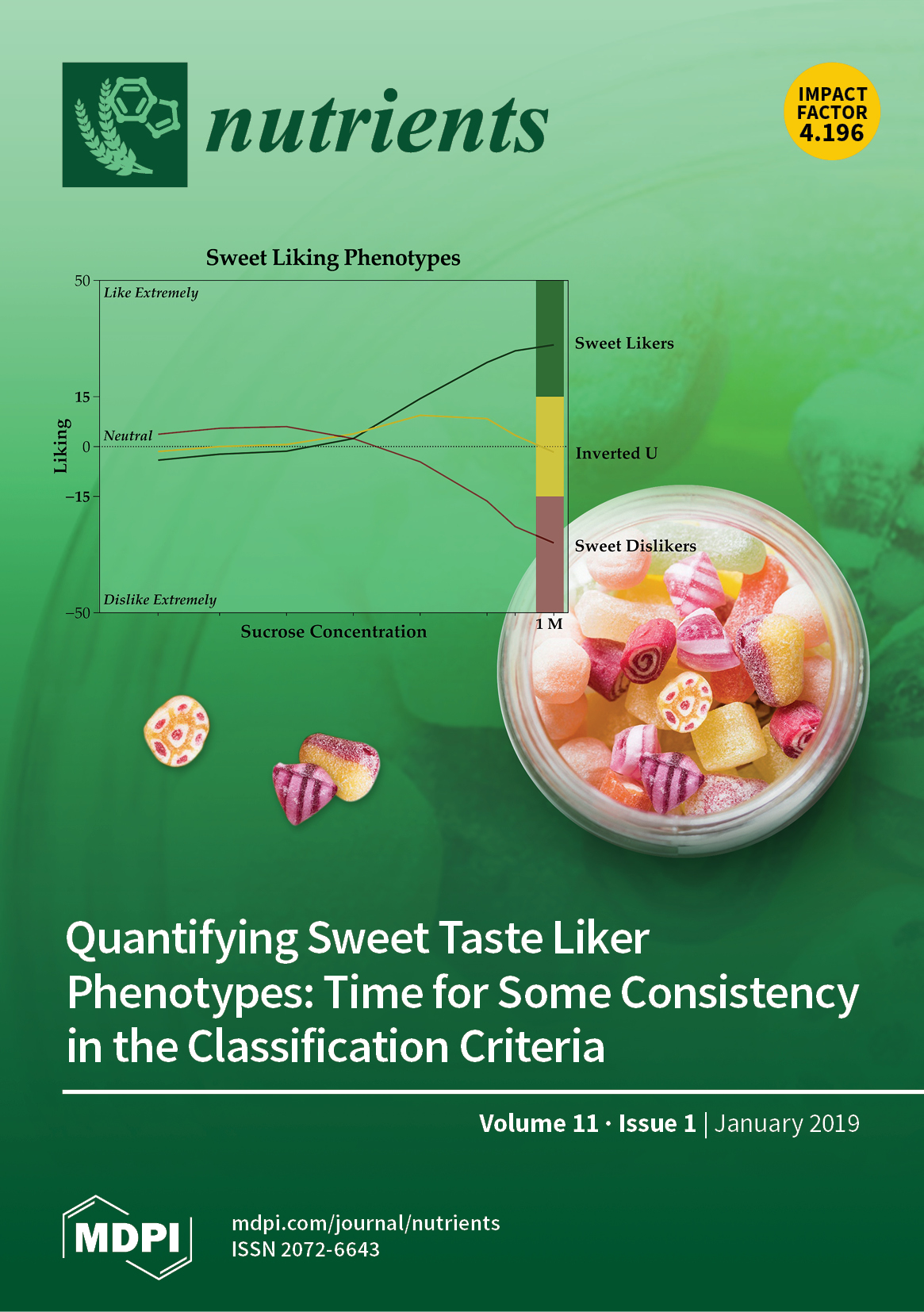
Effect of Vitamin D Supplementation on Primary Dysmenorrhea: A Systematic Review and Meta-Analysis of Randomized Clinical Trials
2023 Jun 21 Nutrients Chen YC, Chiang YF, Lin YJ, Huang KC, Chen HY, Hamdy NM, et al.
Systematic Review Meta-Analysis Food Nutrients Period PainVitamin D supplementation significantly reduces pain levels in people suffering from primary dysmenorrhea.
Research insights are moderated by the Research Hub team and offer an at-a-glance overview of interesting research findings.

2024 Journal of Ethnopharmacology
Guizhi Fuling Wan, a traditional Chinese herbal formula, can inhibit endometriosis growth and enhance the effects of western medicines used to treat the condition.
Systematic Review Endometriosis Gui Zhi Fu Ling Wan
Potential Mechanisms of Guizhi Fuling Wan in Treating Endometriosis: An Analysis Based on TCMSP and DisGeNET Databases
Yee JL, Huang CY, Yu YC, Huang SJ

2023 International Journal of Environmental Research and Public Health
Dark chocolate, with its high cocoa content, may possess pain-relieving properties comparable to Ibuprofen.
Randomised Controlled Trial Coconut Water Ibuprofen
Single-Blind Randomized Controlled Trial: Comparative Efficacy of Dark Chocolate, Coconut Water, and Ibuprofen in Managing Primary Dysmenorrhea
Nuha K, Rusmil K, Ganiem AR, Permadi W, Diah Herawati DM

2023 Nutrients
Vitamin D supplementation significantly reduces pain levels in people suffering from primary dysmenorrhea.
Systematic Review Food Nutrients
Effect of Vitamin D Supplementation on Primary Dysmenorrhea: A Systematic Review and Meta-Analysis of Randomized Clinical Trials
Chen YC, Chiang YF, Lin YJ, Huang KC, Chen HY, Hamdy NM, et al.

2023 Bioscientia Medicina : Journal of Biomedicine and Translational Research
Dark chocolate decreases the severity of menstrual pain in female hospital employees.
Randomised Controlled Trial Dark Chocolate
The Effect of Giving Dark Chocolate on Reducing Menstrual Pain in Primary Dysmenorrhoea in Employees of Cabangbungin General Hospital, Bekasi Regency in 2023
Sa’idah SN, Maulida Lathifah , Evita Anindya Bestari

2023 Journal of Ethnopharmacology
Gui Zhi Fu Ling Wan significantly reduced menstrual pain in primary dysmenorrhea patients with heat-burning blood-stasis syndrome, without notable adverse effects.
Randomised Controlled Trial
Effect of Guizhi Fuling Wan in primary dysmenorrhea: A randomized controlled trial
Luo Y, Mao P, Chen P, Li C, Fu X, Zhuang M
Review Articles
Review articles summarise and critically evaluate the current state of research on a specific topic or field by synthesising multiple primary research studies.

Potential Mechanisms of Guizhi Fuling Wan in Treating Endometriosis: An Analysis Based on TCMSP and DisGeNET Databases
2024 Jul Journal of Ethnopharmacology Yee JL, Huang CY, Yu YC, Huang SJ
Systematic Review Endometriosis Gui Zhi Fu Ling WanGuizhi Fuling Wan, a traditional Chinese herbal formula, can inhibit endometriosis growth and enhance the effects of western medicines used to treat the condition.

Effect of Vitamin D Supplementation on Primary Dysmenorrhea: A Systematic Review and Meta-Analysis of Randomized Clinical Trials
2023 Jun 21 Nutrients Chen YC, Chiang YF, Lin YJ, Huang KC, Chen HY, Hamdy NM, et al.
Systematic Review Meta-Analysis Food Nutrients Period PainVitamin D supplementation significantly reduces pain levels in people suffering from primary dysmenorrhea.

Green Tea and Benign Gynecologic Disorders: A New Trick for An Old Beverage?
2023 Mar 16 Nutrients Hazimeh D, Massoud G, Parish M, Singh B, Segars J, Islam MS
Review Article Green Tea Period PainGreen tea helps alleviate symptoms in multiple benign gynecological disorders, primarily due to a compound called Epigallocatechin-3-gallate.

New concepts on the etiology of endometriosis
2023 Feb 06 Journal of Obstetrics and Gynaecology Research Cousins FL, McKinnon BD, Mortlock S, Fitzgerald HC, Zhang C, Montgomery GW, et al.
Recent developments include the identification of over 40 genetic risk factors, the role of retrograde menstruation in the transfer of endometrial stem/progenitor cells, insights into the glandular structure through lineage tracing and tissue clearing microscopy, identification of somatic mutations, including cancer driver genes, in normal and eutopic endometrium, exploration of methylome sequencing for gene regulation, single-cell RNA sequencing for transcriptome analysis, and the use of endometrial epithelial organoid cultures for studying endometriosis, offering potential for personalized medicine.
Experimental Study Review Article Endometriosis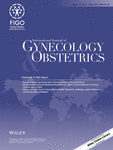
Systematic review and meta-analysis of complementary treatments for women with symptomatic endometriosis
2022 Jan International Journal of Gynecology & Obstetrics Ticiana A.A. Mira, Mariana M. Buen, Murilo G. Borges, Daniela A. Yela, Cristina L. Benetti-Pinto
Systematic Review Meta-Analysis EndometriosisNumerous complementary treatments have been used to alleviate the symptoms of endometriosis, but only acupuncture has demonstrated a significant improvement in outcomes.
Clinical Trials
Clinical trials are research studies that involve people and are conducted to evaluate the safety and efficacy of new treatments or interventions, such as drugs, medical devices, or behavioural therapies.

Single-Blind Randomized Controlled Trial: Comparative Efficacy of Dark Chocolate, Coconut Water, and Ibuprofen in Managing Primary Dysmenorrhea
2023 Aug 21 International Journal of Environmental Research and Public Health Nuha K, Rusmil K, Ganiem AR, Permadi W, Diah Herawati DM
Randomised Controlled Trial Period Pain Ibuprofen Coconut WaterDark chocolate, with its high cocoa content, may possess pain-relieving properties comparable to Ibuprofen.

The Effect of Giving Dark Chocolate on Reducing Menstrual Pain in Primary Dysmenorrhoea in Employees of Cabangbungin General Hospital, Bekasi Regency in 2023
2023 Jun 08 Bioscientia Medicina : Journal of Biomedicine and Translational Research Sa’idah SN, Maulida Lathifah , Evita Anindya Bestari
Randomised Controlled Trial Period Pain Dark ChocolateDark chocolate decreases the severity of menstrual pain in female hospital employees.

Effect of Guizhi Fuling Wan in primary dysmenorrhea: A randomized controlled trial
2023 May Journal of Ethnopharmacology Luo Y, Mao P, Chen P, Li C, Fu X, Zhuang M
Randomised Controlled Trial Period PainGui Zhi Fu Ling Wan significantly reduced menstrual pain in primary dysmenorrhea patients with heat-burning blood-stasis syndrome, without notable adverse effects.
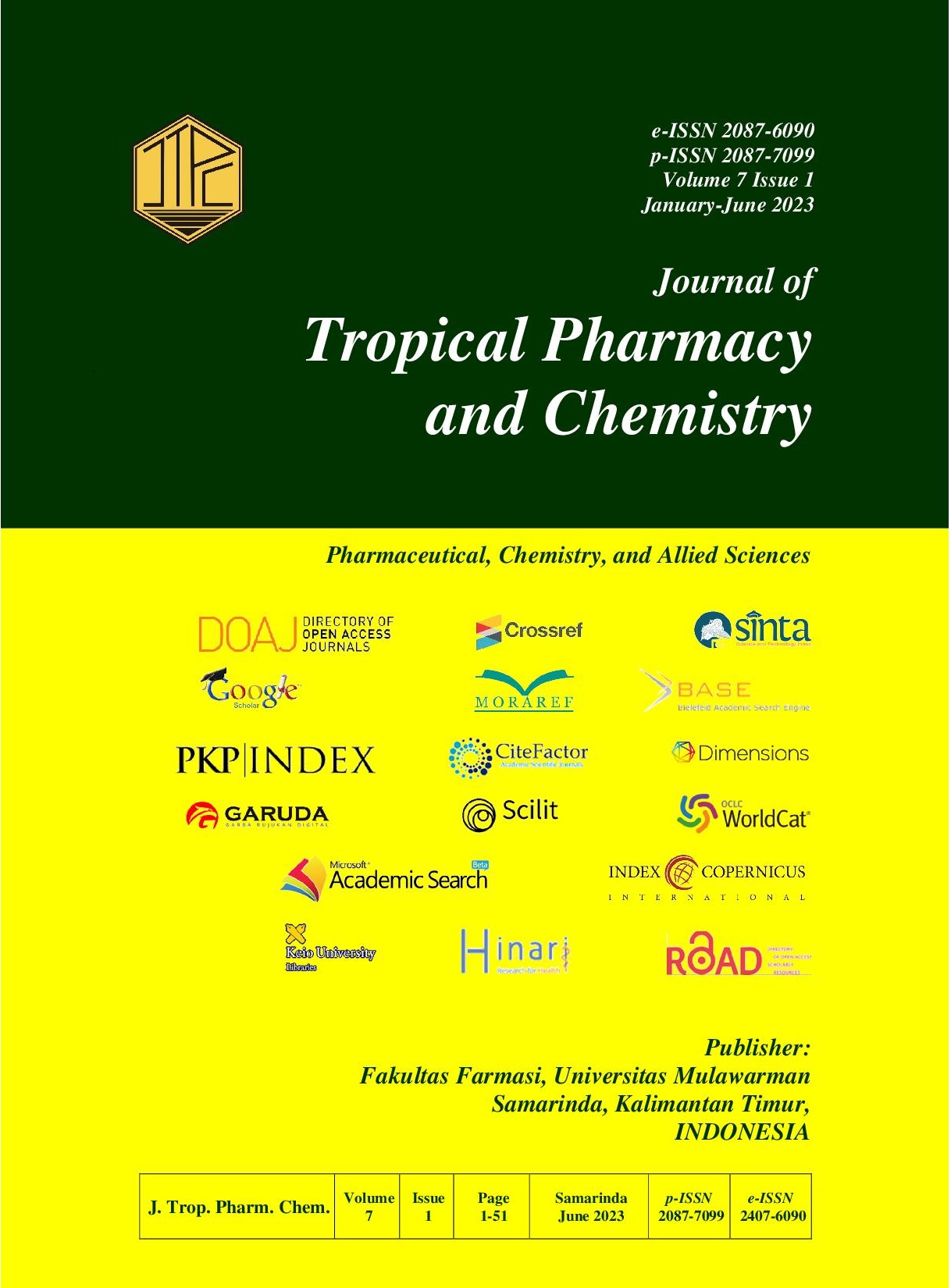
Effect of Combination of Dark Chocolate and Herbal Ingredients for Dysmenorrhea in Late Adolescents
2023 Jan 17 Journal of Tropical Pharmacy and Chemistry Azizah RNP, Anggreini P, Prasetya F
Randomised Controlled Trial Period Pain Dark Chocolate Honey SambilotoThe combination of dark chocolate with herbs could be one of the therapies for period pain.
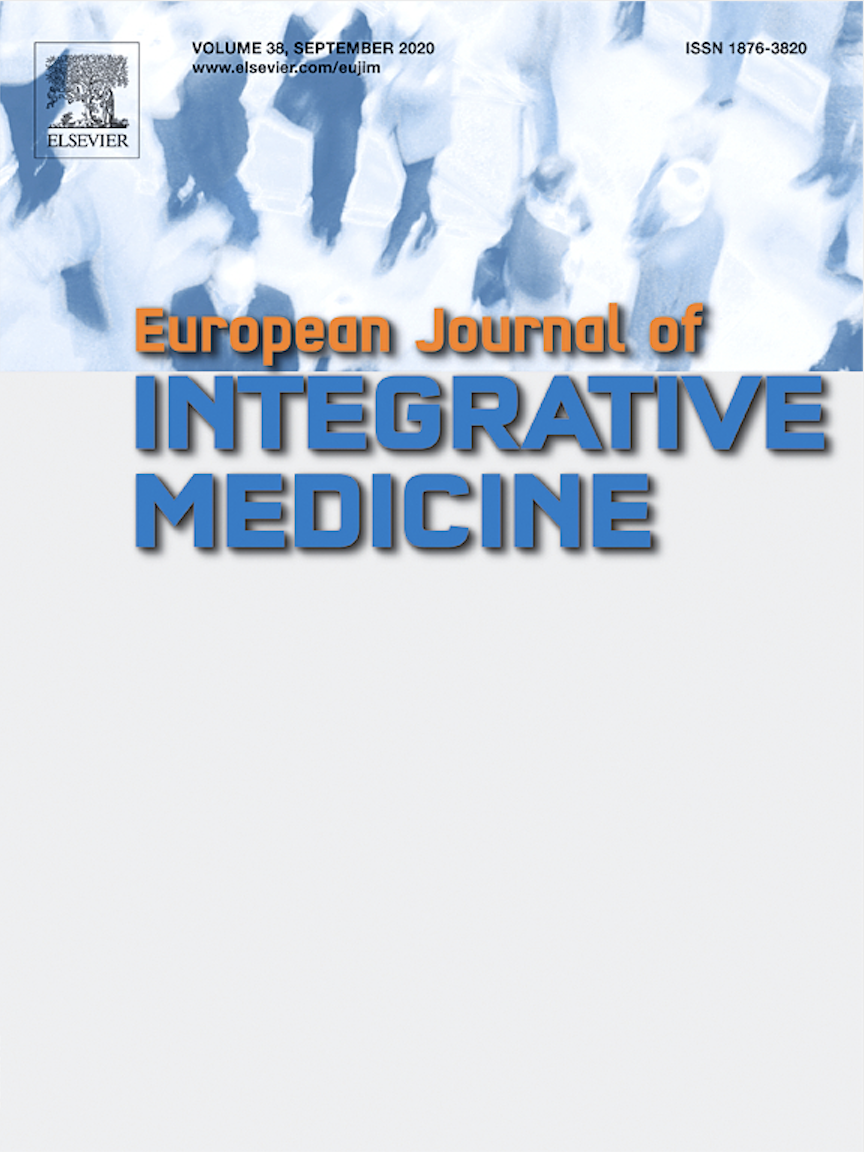
The effect of dark chocolate and music on pain and anxiety in young women with primary dysmenorrhea: Randomized controlled trial
2022 Dec European Journal of Integrative Medicine Karakuş Selçuk A, Baysal E
Randomised Controlled Trial Dark Chocolate Period PainBoth dark chocolate and music medicine significantly reduced menstrual pain and anxiety in young women with period pain.
Study Protocols
Published study protocols are detailed plans that outline the objectives, methodology, statistical analyses, and organisation of a research study that have been made publicly available for others to review and use as a reference.
Presentation Slides

Systematic Review
Guizhi Fuling Wan, a traditional Chinese herbal formula, can inhibit endometriosis growth and enhance the effects of western medicines used to treat the condition.
Yee JL, Huang CY, Yu YC, Huang SJ

Randomised Controlled Trial
Dark chocolate, with its high cocoa content, may possess pain-relieving properties comparable to Ibuprofen.
Nuha K, Rusmil K, Ganiem AR, Permadi W, Diah Herawati DM

Systematic Review
Vitamin D supplementation significantly reduces pain levels in people suffering from primary dysmenorrhea.
Chen YC, Chiang YF, Lin YJ, Huang KC, Chen HY, Hamdy NM, Huang TC, Chang HY, Shieh TM, Huang YJ, Hsia SM

Randomised Controlled Trial
Dark chocolate decreases the severity of menstrual pain in female hospital employees.
Sa’idah SN, Maulida Lathifah , Evita Anindya Bestari

Randomised Controlled Trial
Gui Zhi Fu Ling Wan significantly reduced menstrual pain in primary dysmenorrhea patients with heat-burning blood-stasis syndrome, without notable adverse effects.
Luo Y, Mao P, Chen P, Li C, Fu X, Zhuang M

Review Article
Green tea helps alleviate symptoms in multiple benign gynecological disorders, primarily due to a compound called Epigallocatechin-3-gallate.
Hazimeh D, Massoud G, Parish M, Singh B, Segars J, Islam MS

Randomised Controlled Trial
The combination of dark chocolate with herbs could be one of the therapies for period pain.
Azizah RNP, Anggreini P, Prasetya F

Randomised Controlled Trial
Both dark chocolate and music medicine significantly reduced menstrual pain and anxiety in young women with period pain.
Karakuş Selçuk A, Baysal E
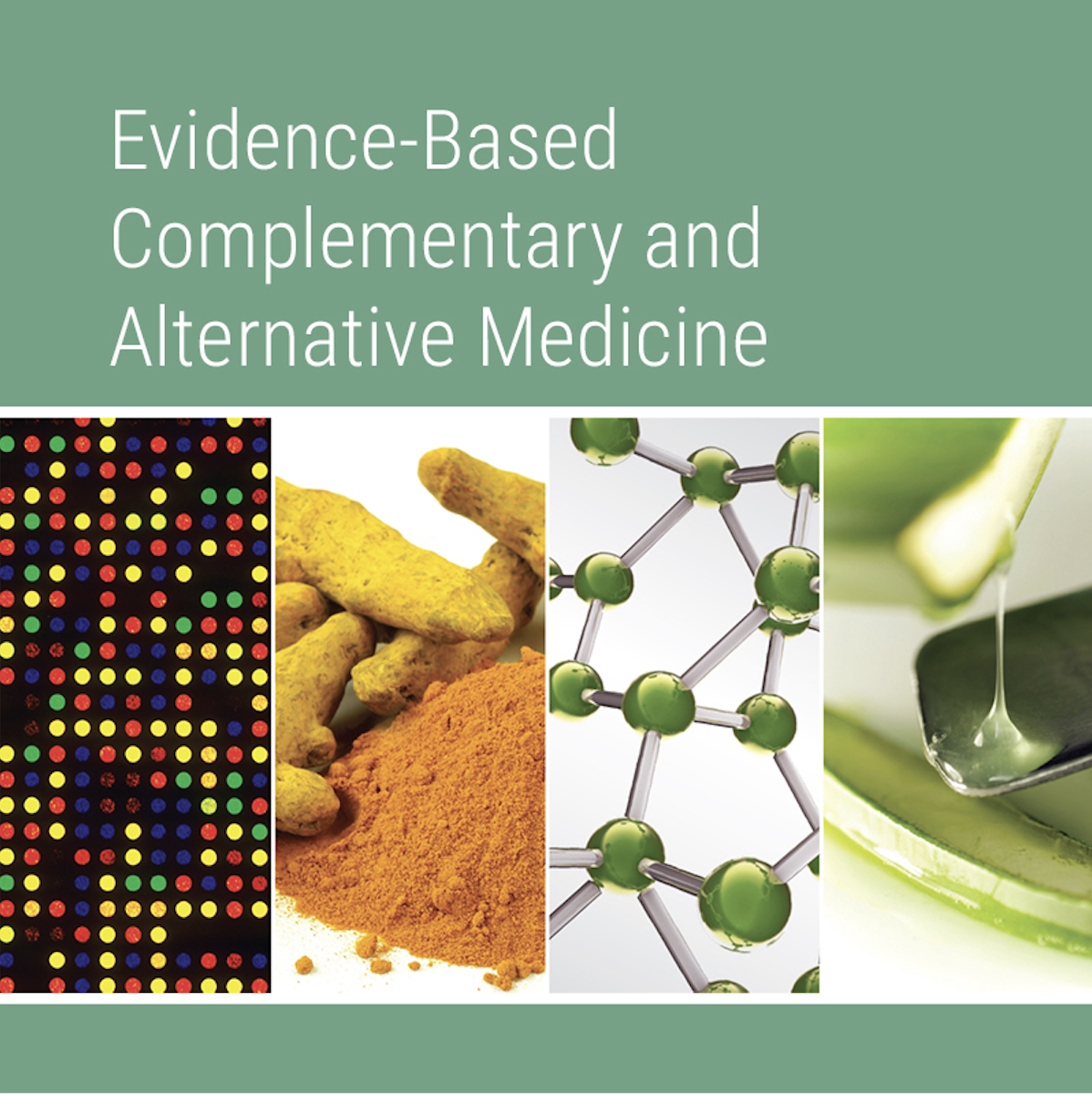
Network Pharmacology
Gui Zhi Fu Ling Wan can lessen the expression of certain proteins, which may be key to its ability to impede abnormal tissue invasion and metastasis in adenomyosis.
Shi Y, Zhang C, Wang X, Wang Z, Zhang Y, Liu Z, Wang X, Shi W

Systematic Review
Numerous complementary treatments have been used to alleviate the symptoms of endometriosis, but only acupuncture has demonstrated a significant improvement in outcomes.
Ticiana A.A. Mira, Mariana M. Buen, Murilo G. Borges, Daniela A. Yela, Cristina L. Benetti-Pinto

Animal Study
Combining traditional Chinese medicine Guizhi Fuling Wan with western hormonal therapies can potentially reduce their individual effectiveness in treating endometriosis.
Chen CC, Huang CY, Shiu LY, Yu YC, Lai JC, Chang CC, Fu CF, Huang SJ

Network Pharmacology
Gui Zhi Fu Ling Wan treats adenomyosis by intervening in local estrogen signalling pathways and affecting estrogen resistance via myometrium signalling pathways.
Wang H, Zhang J, Zhu Q, Fu X, Li C
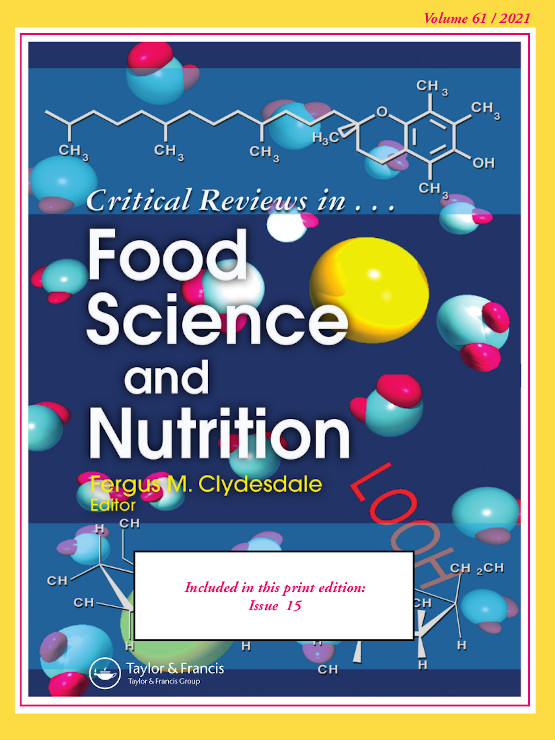
Review Article
Green tea and its component EGCG, demonstrate potential as a treatment for endometriosis by inhibiting growth, invasion, adhesion and angiogenesis.
Chen X, Man GCW, Hung SW, Zhang T, Fung LWY, Cheung CW, Chung JPW, Li TC, Wang CC

Systematic Review
Caffeine consumption does not seem to be associated with an increased risk of endometriosis overall, higher caffeine intake may be linked to an elevated risk, and more research is required to understand this potential dose-dependent relationship and account for unidentified biases.
Kechagias KS, Katsikas Triantafyllidis K, Kyriakidou M, Giannos P, Kalliala I, Veroniki AA, Paraskevaidi M, Kyrgiou M
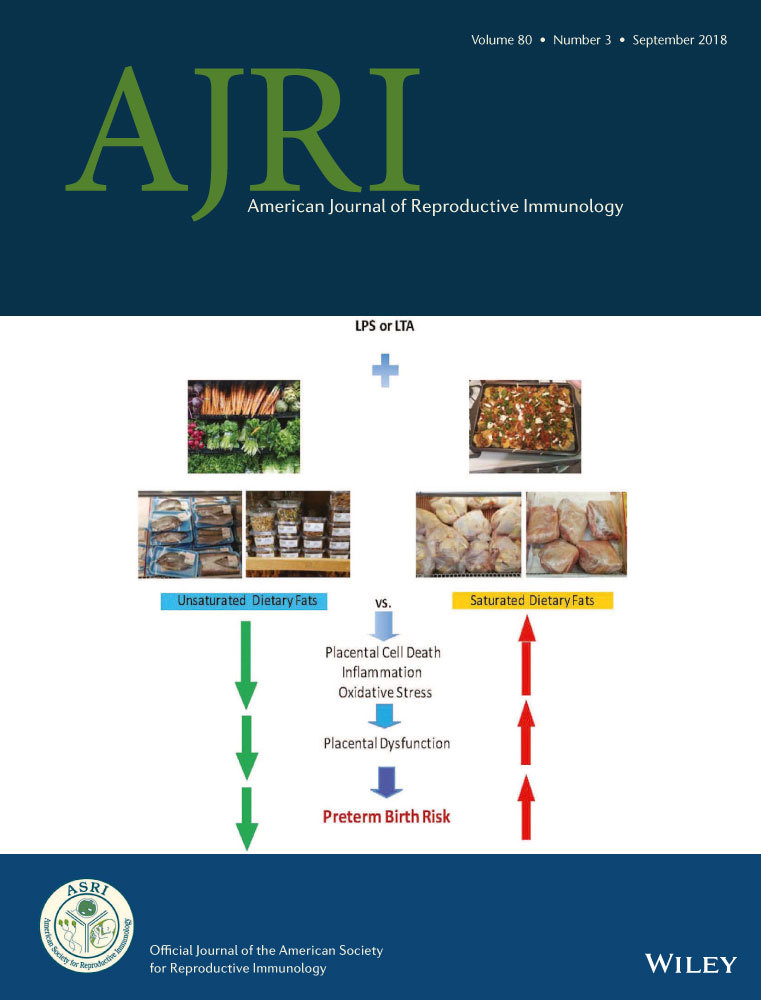
Clinical Study
Chlamydia trachomatis infection, particularly when causing fallopian tube obstruction, may decrease the risk of developing endometriosis in women.
Khan KN, Fujishita A, Kitajima M, Ishimaru T, Ogawa K, Koshiba A, Mori T, Kitawaki J
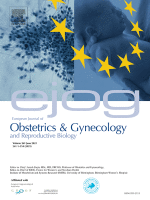
Clinical Study
Administering a broad-spectrum antibiotic with or without gonadotropin releasing hormone agonist reduced uterine infection and decreased tissue inflammation, cell proliferation, and angiogenesis in women with endometriosis.
Khan KN, Fujishita A, Muto H, Masumoto H, Ogawa K, Koshiba A, Mori T, Itoh K, Teramukai S, Matsuda K, Nakashima M, Kitawaki J
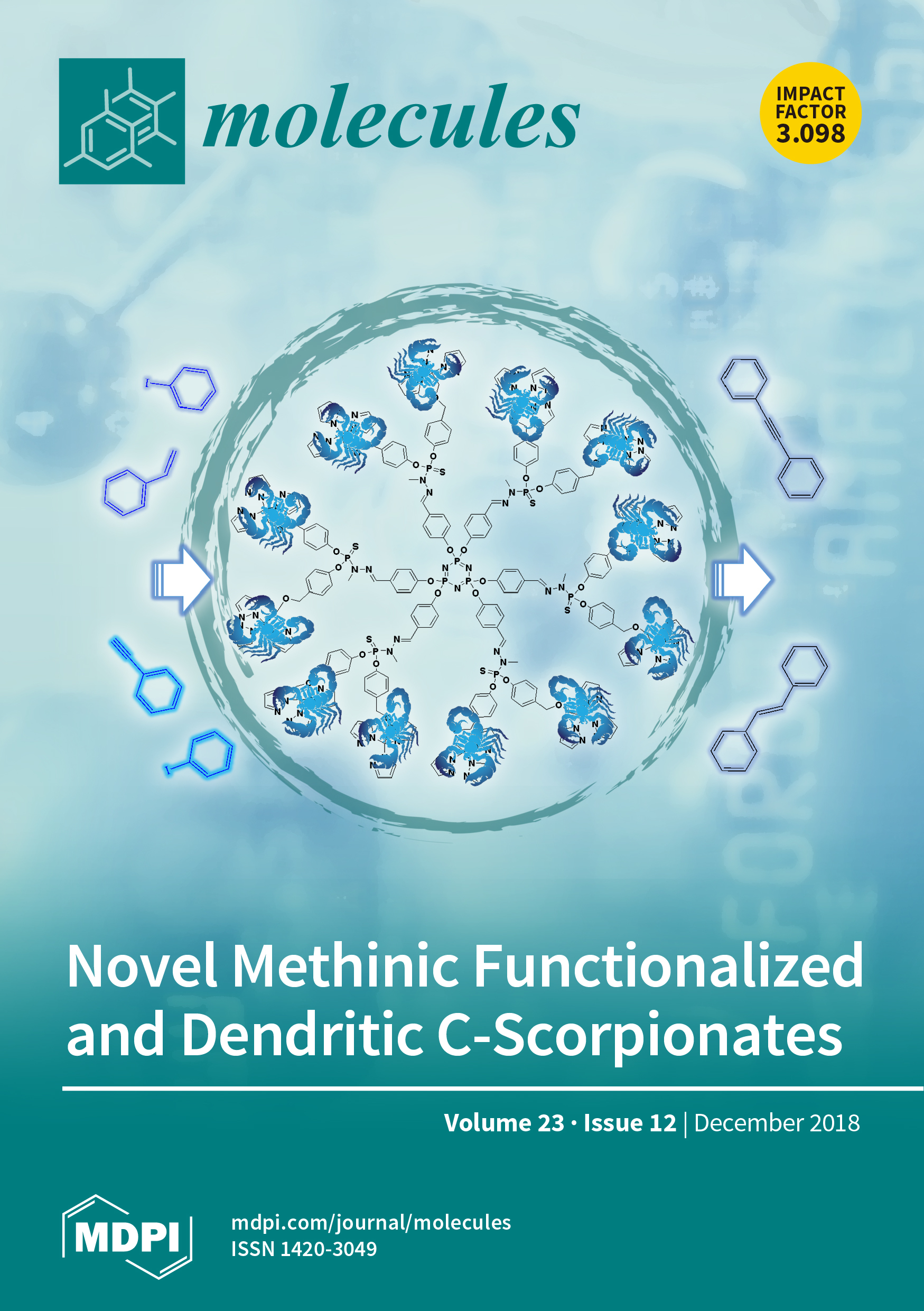
Review Article
Green tea and its chief bioactive component have the potential to improve certain female reproductive disorders such as endometriosis, polycystic ovary syndrome, and dysmenorrhea.
Kamal DAM, Salamt N, Zaid SSM, Mokhtar MH

Study Protocol
Gynoclear™, a formulation of six herbs, could potentially reduce the severity and duration of pain and other symptoms associated with endometriosis.
Armour M, Al-Dabbas MA, Ee C, Smith CA, Ussher J, Arentz S, Lawson K, Abbott J
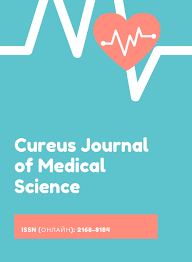
Systematic Review
A systematic analysis indicates that ginger has a higher safety profile than NSAIDs for pain relief, with a smaller number of gastric side effects and fewer kidney risks.
Negi R, Sharma DS, Gaur DR, Bahadur A, Jelly P

Systematic Review
Based on beneficial effects and minimal side effects, ginger may be a potential adjunct treatment for primary dysmenorrhea.
Negi R, Sharma DS, Gaur DR, Bahadur A, Jelly P
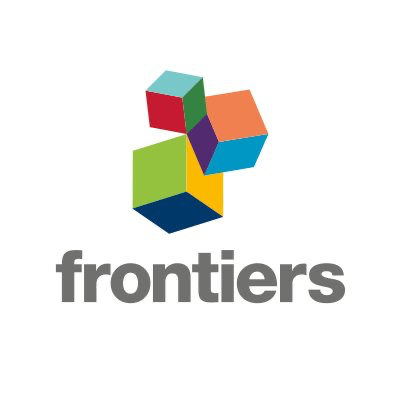
Adding acupuncture to conventional therapy may decrease the subsequent endometriosis risk in female rheumatoid arthritis patients.
Chen Wei-Jen, Livneh Hanoch, Hsu Chien-Hui, Hu Ying-To, Lai Ning-Sheng, Guo How-Ran, Tsai Tzung-Yi

Systematic Review
Modified Tao-Hong Siwu Tang (MTST) appears more effective than non-steroidal anti-inflammatory drugs (NSAIDs), and a combination of Tao-Hong Siwu Tang with oral contraceptives (OCs) offers benefits over OCs alone for treating primary dysmenorrhea.
Ji HR, Park KS, Woo HL, Lee MJ, Yoon JG, Lee HJ, Hwang DS, Lee CH, Jang JB, Lee JM
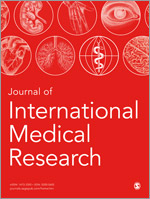
Systematic Review
For primary dysmenorrhoea, cinnamon/fennel/ginger effectively reduced pain intensity, and cinnamon shortened the duration of pain.
Xu Y, Yang Q, Wang X
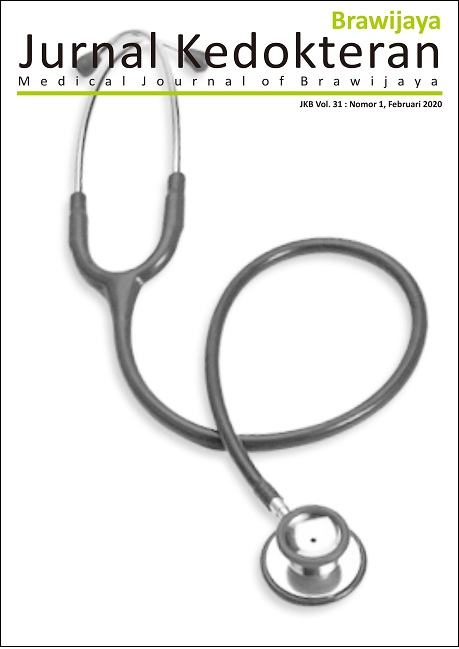
Randomised Controlled Trial
Consuming 330 ml of green coconut water can be an effective non-pharmacological approach to alleviate dysmenorrhea pain.
Nugroho FA, Putri OM, Sariati Y

Randomised Controlled Trial
The combination of ginger and chamomile was as effective as mefenamic acid in managing dysmenorrhea pain and more efficient in reducing related symptoms.
Shabani F, Zareian MA
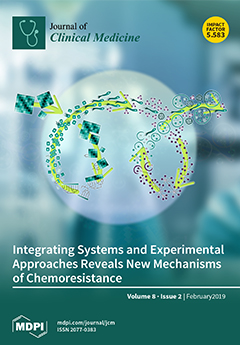
Systematic Review
Aromatherapy (via inhalation, massage, or oral use) appears to be more effective than a placebo for pain reduction in primary dysmenorrhea.
Lee MS, Lee HW, Khalil M, Lim HS, Lim HJ
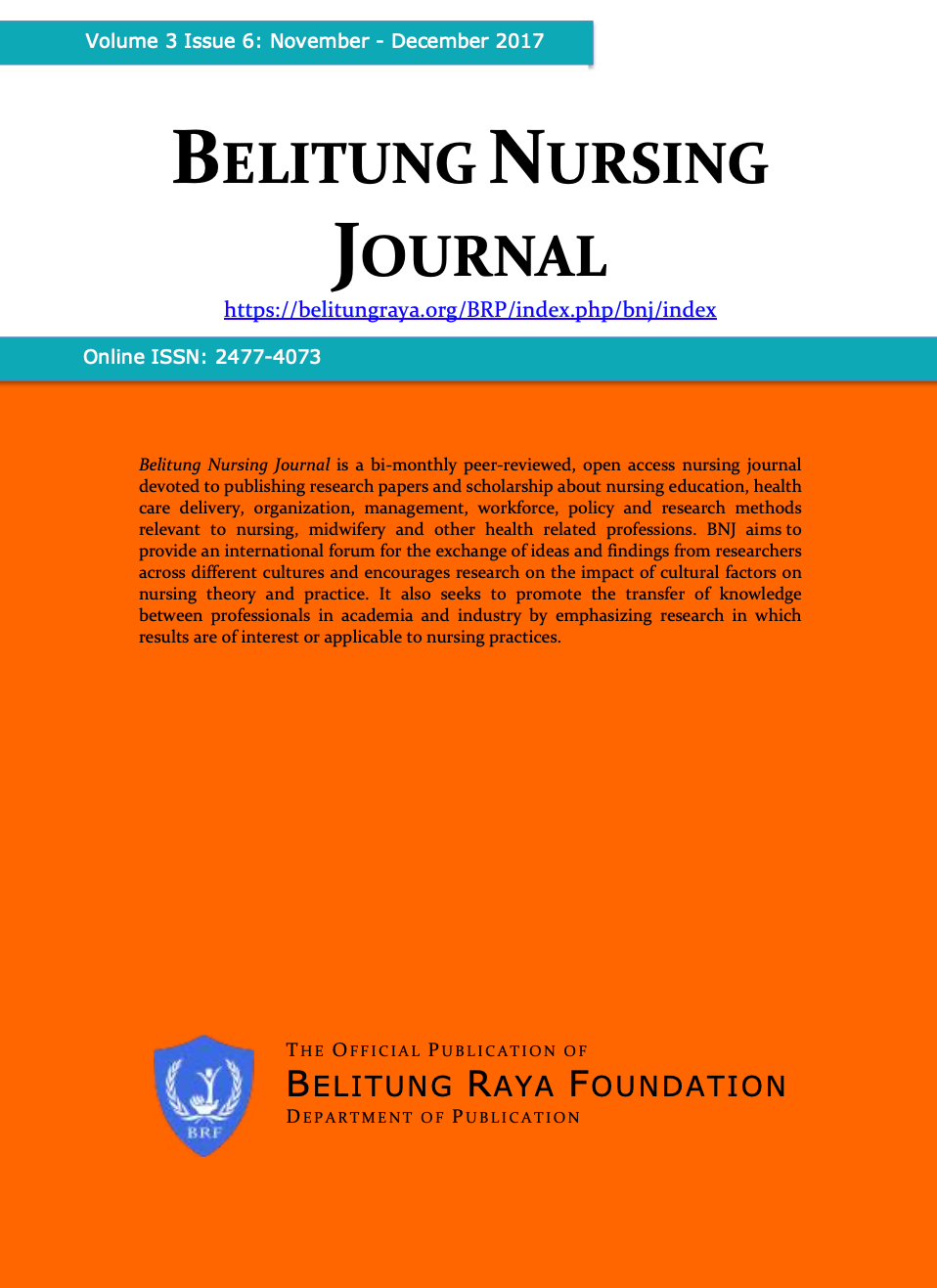
Randomised Controlled Trial
Dark chocolate could reduce menstrual pain significantly in late adolescents.
Maharani SI, Pramono N, Wahyuni S
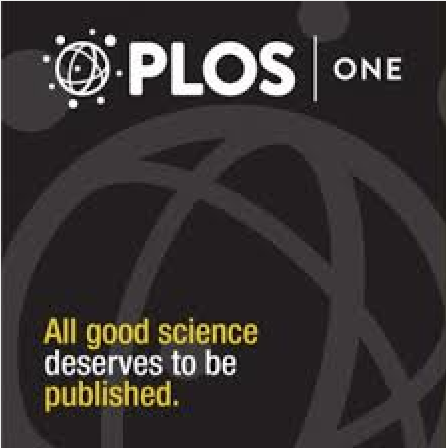
Systematic Review
The current literature suggests that acupuncture reduces endometriosis-related pain and serum CA-125 levels, regardless of the control intervention used.
Xu Y, Zhao W, Li T, Zhao Y, Bu H, Song S
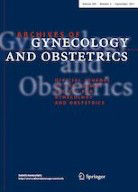
Systematic Review
Results support Wenjing decoction (a traditional Chinese medicine) clinical use in treating primary dysmenorrhea.
Gao L, Jia C, Zhang H, Ma C
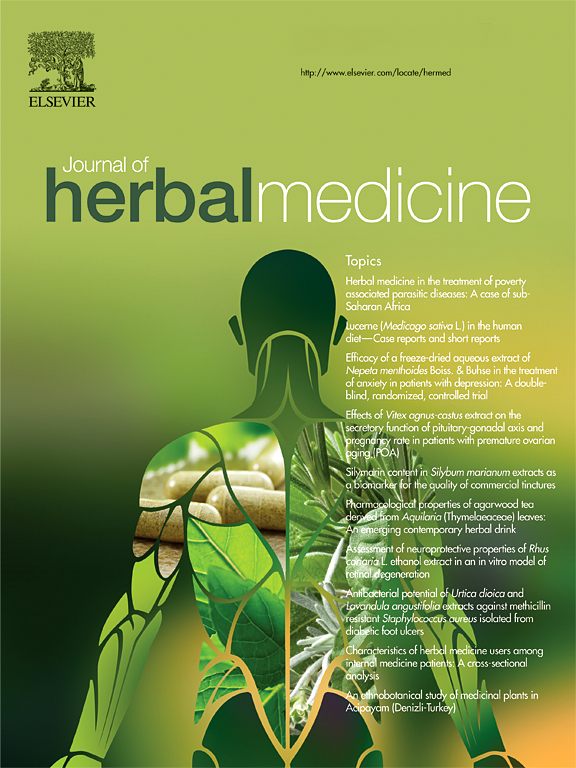
Randomised Controlled Trial
Peppermint capsules can effectively reduce the severity of painful menstrual cramps in young women without causing any apparent change in pain duration.
Heshmati A, Dolatian M, Mojab F, shakeri N, Nikkhah S, Mahmoodi Z

Systematic Review
Oral ginger could be an effective treatment for menstrual pain in dysmenorrhea.
Chen X. Chen, Bruce Barrett, Kristine L. Kwekkeboom,

Systematic Review
Limited evidence supporting the benefit of acupressure in alleviating menstrual pain and reducing symptoms.
Jiang H, Ni S, Li J, Liu M, Li J, Cui X, Zhang B

Randomised Controlled Trial
Blended essential oils, including lavender, sage, and marjoram, show potential in relieving menstrual cramps and reducing pain duration in women with primary dysmenorrhea.
Ou MC, Hsu TF, Lai AC, Lin YT, Lin CC
Executive Summary
Write an executive summary in the form of a blog article on the topic of "Research into Chinese medicine treatment for Period Pain" summarising the research below and using language that can be easily understood by patients and avoiding medical jargon using a professional and caring tone of voice.
Write an executive summary in the form of a blog article on the topic of "Researched Chinese medicine treatments for Period Pain" summarising the research below in an objective and easy to understand way, and using language that can be easily understood by patients. Group the article into Chinese medicine treatments first, followed by nutrition and other treatments. Avoid using medical jargon and use a professional and caring tone of voice.
Write me a concise but easy to understand executive summary on the topic of "Chinese medicine treatments for Period Pain" based on the following research that I will give you. Your summary should be 2 paragraphs long in Australian English spelling and include references to the studies.
A Systematic Review published in 2024 in the journal Journal of Ethnopharmacology found that Guizhi Fuling Wan, a traditional Chinese herbal formula, can inhibit endometriosis growth and enhance the effects of western medicines used to treat the condition. In the methodology, a bibliographic assessment of publications on "Guizhi Fuling Wan" and "endometriosis" indexed in international and chinese databases was conducted. Out of these, five pre-clinical studies and thirteen clinical were selected. Thereafter, targeted molecules of each herb in the formula were extracted from a Traditional Chinese Medicine Systems Pharmacology Database and compared with endometriosis-related genes from DisGeNET. To expose potential therapeutic mechanisms of Guizhi Fuling Wan, pathway and gene ontology analyses were performed using David Bioinformatics Resources. In the results discussion, it was found that both pre-clinical and clinical studies suggested that Guizhi Fuling Wan can inhibit the growth of endometriotic lesions by modulating immunity, apoptosis-regulating molecules, and angiogenesis-associated factors, while also enhancing the effects of western medicines for endometriosis. The formula likely achieves this through its impact on key pathways involved in diabetes complications, Kaposi sarcoma-associated herpesvirus infection, human cytomegalovirus infection, and atherosclerosis, which all regulate inflammation, angiogenesis, and apoptosis. The review also notes a strong connection between endometriosis and abnormal inflammatory, angiogenic, and apoptotic activities.
A Randomised Controlled Trial published in 2023 in the journal International Journal of Environmental Research and Public Health found that Dark chocolate, with its high cocoa content, may possess pain-relieving properties comparable to Ibuprofen. In this research, a randomized controlled trial with a quantitative design was conducted, involving 45 participants randomly assigned to receive 330 mL of green coconut water, 35 g of 70% dark chocolate, or 400 mg Ibuprofen. After the intervention, there was a noticeable change in the reported pain intensities. Among the women, 48.9% reported experiencing mild pain, indicating a reduction in pain intensity. Furthermore, 17.8% of the women still reported moderate pain, suggesting some improvement but not a complete alleviation of pain. It is noteworthy that none of the women reported severe pain after the intervention. Additionally, 33.3% of the women reported being pain-free, indicating a significant decrease in pain intensity. These findings demonstrate the effectiveness of the interventions in reducing pain intensity among women. The results suggest that the treatments, including Ibuprofen, coconut water, and dark chocolate, were successful in providing pain relief, with the majority of women experiencing either mild pain or no pain after the intervention.
A Systematic Review published in 2023 in the journal Nutrients found that Vitamin D supplementation significantly reduces pain levels in people suffering from primary dysmenorrhea. In the methodology of this study, a systematic database search was conducted for randomized controlled trials assessing the effects of oral vitamin D supplementation on relieving the symptoms of primary dysmenorrhea. The trials included comparisons of vitamin D treatment with placebo or standard care. Pain levels due to dysmenorrhea were gauged using a visual analogue or numerical rating scale. Analyses were conducted using a standardized mean difference in a meta-analysis. The results indicated that pain levels were considerably lower in participants who took vitamin D compared to the placebo, showcasing vitamin D's effectiveness in managing dysmenorhea-related pain. Notably, these relief effects were recorded regardless of the vitamin D administration duration (more or less than 70 days) and frequency, provided that the average weekly dosage was above 50,000 IU. This suggests that the significant pain relief provided by vitamin D supplementation could make it a potent alternative treatment for primary dysmenorrhea.
A Randomised Controlled Trial published in 2023 in the journal Bioscientia Medicina : Journal of Biomedicine and Translational Research found that Dark chocolate decreases the severity of menstrual pain in female hospital employees. The researcher undertook an experimental study with 32 female employees of the Cabangbungin General Hospital, Bekasi Regency, as participants. After being selected, these subjects were systematically analyzed in both singular and joint approaches using SPSS version 25. The results supported the study's initial hypothesis that dark chocolate can alleviate menstrual pain. The statistical test results used confirm a significant effect of dark chocolate on dysmenorrhea, demonstrating a fundamental link between the consumption of dark chocolate and the easing of menstrual pain in subjects.
A Randomised Controlled Trial published in 2023 in the journal Journal of Ethnopharmacology found that Gui Zhi Fu Ling Wan significantly reduced menstrual pain in primary dysmenorrhea patients with heat-burning blood-stasis syndrome, without notable adverse effects. In the methodology, a randomized, double-blinded, placebo-controlled trial was conducted. Eligible patients suffering from primary dysmenorrhea with heat-burning blood-stasis syndrome were randomly placed into two groups – one received Guizhi Fuling Wan, the other a placebo, administered twice daily across three menstrual cycles, with a 3-month follow-up. The primary measurement was the change in pain intensity from the beginning to the 6th month, gauged by using a Visual Analog Scale. In the discussion of results, data showed that the pain intensity (measured using Visual Analog Scale) significantly decreased in the Guizhi Fuling Wan group compared to the placebo over the 6 month period. Secondary measurements also indicated a greater reduction in Cox Menstrual Symptom Scale, Self-rating Anxiety Scale, and traditional Chinese medicine syndrome scores in the Guizhi Fuling Wan group compared to the placebo. However, there was no significant difference between the two groups when measuring the Self-rating Depression Scale. Furthermore, no serious adverse events were observed during the trial.
A Review Article published in 2023 in the journal Nutrients found that Green tea helps alleviate symptoms in multiple benign gynecological disorders, primarily due to a compound called Epigallocatechin-3-gallate. The paper reviews the role of the compound Epigallocatechin-3-gallate found in green tea, and its effects on various benign gynecological conditions. The compound is noted for its antioxidant and prooxidant qualities, allowing it to interact with multiple cellular pathways that are crucial for disease pathogenesis. The studied conditions include uterine fibroids, endometriosis, dysmenorrhea, adenomyosis, menopause, and polycystic ovary syndrome. The research accounts for the specific mechanisms through which the compound might affect each condition, such as anti-fibrotic, anti-angiogenic, and pro-apoptotic mechanisms. The results suggest that green tea consumption can lead to improved symptom management in these disorders. It was found to lessen the intensity of symptoms associated with uterine fibroids and endometriosis, by invoking anti-fibrotic, anti-angiogenic, and pro-apoptotic mechanisms. It also helped manage pain linked with dysmenorrhea and adenomyosis through reducing uterine contractility and widely felt pain. Additionally, it showed efficacy in weight and osteoporosis control during menopause, and showed potential benefits in managing polycystic ovary syndrome. However, claims regarding its influence on fertility were deemed controversial.
A Randomised Controlled Trial published in 2023 in the journal Journal of Tropical Pharmacy and Chemistry found that The combination of dark chocolate with herbs could be one of the therapies for period pain. This test was conducted on 30 respondents who were divided into three groups, namely the positive control group (K), dark chocolate (C), and a combination of dark chocolate with herbs (C+H). Dark chocolate was combined with herbal ingredients consisting of turmeric, red ginger, moringa, sambiloto extract, and honey as a beverage 250 mL. The study is quantitative research with quasi-experimental method. Pain measurement using the Numeric Rating Scale (NRS) sheet was given before and 2 hours after treatment. The data was analyzed using paired t-test. State the results of the values obtained the combination of dark chocolate and herbs showed a significant reduction in pain before and after treatment (p<0.05).
A Randomised Controlled Trial published in 2022 in the journal European Journal of Integrative Medicine found that Both dark chocolate and music medicine significantly reduced menstrual pain and anxiety in young women with period pain. Mean menstrual pain intensity and mean anxiety level in the dark chocolate and music group decreased significantly after the intervention. No significant difference was observed in the control group. The difference between menstrual pain intensity and anxiety levels of the groups was tested by analysis of variance, and the standardized effect size calculated at 95% confidence level, and α = 0.05 was 0.35 and 0.42, respectively.
A Network Pharmacology published in 2022 in the journal Evidence-Based Complementary and Alternative Medicine found that Gui Zhi Fu Ling Wan can lessen the expression of certain proteins, which may be key to its ability to impede abnormal tissue invasion and metastasis in adenomyosis. Firstly, an approach called network pharmacology was utilized which involved identifying active components of GuizhiFuling Wan (GFW), its drug targets and disease targets through public databases, and finding shared targets. The biological function and pathway of GFW in treating adenomyosis were analyzed. Then, the interaction and strength of binding between key components and targets of GFW were verified by a method known as molecular docking. In the animal part of the study, the impact of GFW on the expression of several proteins in mice with adenomyosis was observed using different staining, protein analysis, and immunohistochemical techniques. Through collecting and intersecting data, 26 common targets were identified, with the key active compounds being baicalein, sitosterol, and -sitosterol, and the key targets being certain proteins. Enrichment analyses showed that processes such as the positive regulation of vascular endothelial migration and signaling pathways were involved in regulating angiogenesis, invasion, and metastasis in adenomyosis. Furthermore, the molecular docking results suggested that the key active compounds had substantial binding potential with the key proteins. In vivo analysis suggested that GFW could decrease the serum content and protein expression of certain proteins in mice with adenomyosis. These findings reinforce the hypothesis that reducing the expression of these proteins might be a significant mechanism for GFW in inhibiting the invasion and metastasis of atypical tissues associated with adenomyosis.
A Systematic Review published in 2022 in the journal International Journal of Gynecology & Obstetrics found that Numerous complementary treatments have been used to alleviate the symptoms of endometriosis, but only acupuncture has demonstrated a significant improvement in outcomes. The complementary interventions studied were acupuncture, exercise, electrotherapy, and yoga. All were inconclusive in affirming benefit, but demonstrated a positive trend in the treatment of symptoms of endometriosis. Meta-analysis of acupuncture showed a significant benefit in pain reduction as compared with placebo.
A Animal Study published in 2022 in the journal Taiwanese Journal of Obstetrics and Gynecology found that Combining traditional Chinese medicine Guizhi Fuling Wan with western hormonal therapies can potentially reduce their individual effectiveness in treating endometriosis. In this study, endometriosis was induced in mice. This was achieved by suturing endometrial tissue onto the peritoneal wall of the subjects. The mice were then treated with varying combinations of Guizhi Fuling Wan (GFW), a traditional Chinese medicine, and current western hormonal therapies for a period of 28 days. The results show that the traditional Chinese medicine Guizhi Fuling Wan (GFW), hormonal therapies, and combinations of these two were able to inhibit the development of endometriosis. They also observed that these treatments, either alone or in combination, could inhibit the expression of Intercellular Adhesion Molecule 1 (ICAM-1) and Vascular Endothelial Growth Factor (VEGF). These agents could also reduce the population of macrophages in the peritoneal fluid while enhancing the B-cell population. However, when GFW was combined with hormonal therapies, it was observed that the efficiency of each agent individually was potentially reduced.
A Network Pharmacology published in 2021 in the journal Evidence-Based Complementary and Alternative Medicine found that Gui Zhi Fu Ling Wan treats adenomyosis by intervening in local estrogen signalling pathways and affecting estrogen resistance via myometrium signalling pathways. This study utilized network pharmacology, molecular docking and animal experiments to understand the treatment mechanisms of Guizhi Fuling Wan on adenomyosis. Initially, key indices and target components of the traditional Chinese medicine were identified through various databases, which resulted in isolation of 55 active ingredients and 44 targets specifically related to adenomyosis treatment. These components were then subjected to protein interaction analysis and compound-hub target network constructions. Main active elements and hub targets were subsequently studied with molecular docking tech. The pathway enrichment analysis showed that the medicinal effects were primarily linked to estrogen signaling, endocrine resistance, and a specific tyrosine kinase signaling pathway. The molecular docking revealed that significant compounds of Guizhi Fuling Wan had a strong binding ability with a couple of cellular receptors. Animal trials indicated that this medicine could reduce abnormal infiltration of specific cells without interrupting normal sexual cycles. These results point towards the importance of the estrogen signaling pathway and cell receptors in the treatment capabilities of Guizhi Fuling Wan.
A Review Article published in 2021 in the journal Critical Reviews in Food Science and Nutrition found that Green tea and its component EGCG, demonstrate potential as a treatment for endometriosis by inhibiting growth, invasion, adhesion and angiogenesis. The main research methodology of this work is a narrative review. The paper comprehensively collects and reviews various preclinical studies that propose the use of green tea as a potential treatment for endometriosis. These studies explore the diverse biological properties and activities of green tea and its major bioactive component, (-)-epigallocatechin gallate, including anti-angiogenic, anti-proliferation, anti-metastasis, and apoptosis induction functions. Different potential mechanisms used by green tea to inhibit the growth of endometriosis are considered, such as its effects on inflammation, oxidative stress, invasion, adhesion, and apoptosis. The discussion of the reviewed data highlights the potential therapeutic effects of green tea acting on different molecular and cellular mechanisms in endometriosis. The researchers keenly discussed how green tea exhibited an inhibitory effect on the disease through multiple avenues, including reducing inflammation and oxidative stress, preventing tumor invasion and adhesion, promoting apoptosis (cell death), and limiting angiogenesis (the development of new blood vessels) - all these factors contribute to the growth and progression of endometriosis. The discussion elaborates on the significant roles and wider implications of these processes in understanding and potentially treating endometriosis.
A Systematic Review published in 2021 in the journal Nutrients found that Caffeine consumption does not seem to be associated with an increased risk of endometriosis overall, higher caffeine intake may be linked to an elevated risk, and more research is required to understand this potential dose-dependent relationship and account for unidentified biases. This systematic review and meta-analysis investigated the relationship between caffeine consumption and endometriosis risk. Analyzing ten studies, including five cohort and five case-control studies, the research found no significant overall association between caffeine intake and endometriosis risk compared to women with low or no caffeine consumption. However, when stratified by caffeine intake levels, high caffeine consumption was linked to an increased risk of endometriosis, while moderate intake showed no significant association. The study concludes that while caffeine consumption as a whole does not seem to be associated with heightened endometriosis risk, a dose-dependent link may exist, warranting further research to understand this potential relationship and account for any unidentified biases.
A Clinical Study published in 2021 in the journal American Journal of Reproductive Immunology found that Chlamydia trachomatis infection, particularly when causing fallopian tube obstruction, may decrease the risk of developing endometriosis in women. Methodology: The study is a retrospective case-controlled cohort study focusing on 539 women who had laparoscopic surgery for varied reasons between January 2003 and June 2010. The study excluded women having ectopic pregnancy, chromosomal abnormality, primary amenorrhea, perimenopausal women and those with uterine anomaly. Endometriosis and tubal patency were diagnosed through laparoscopic inspection, histopathology, HSG or laparoscopic chromopertubation test. Furthermore, Chlamydia infection was verified using RT-PCR and a serological test. Results: Out of the 207 women enrolled, 86 women were confirmed to have Chlamydia infection. The study discovered a significant decrease in the occurrence of endometriosis amongst women with Chlamydia infection, when compared to those without. The decreased rate of endometriosis was also found in Chlamydia-infected women with patent tubes. It was derived from the study that a previous history of Chlamydia infection could potentially decrease the risk of endometriosis, independent of factors like age, menstrual status, tubal patency, and parity.
A Clinical Study published in 2021 in the journal European Journal of Obstetrics & Gynecology and Reproductive Biology found that Administering a broad-spectrum antibiotic with or without gonadotropin releasing hormone agonist reduced uterine infection and decreased tissue inflammation, cell proliferation, and angiogenesis in women with endometriosis. This research was a prospective non-randomized observational study which collected endometrial samples during surgery from both a control group and a group of women suffering from endometriosis. These groups were treated with levofloxacin or a gonadotropin releasing hormone agonist before surgery. The samples were subjected to a polymerase chain reaction amplification of bacteria and followed by an immunohistochemical analysis using various antibodies associated with plasma cells, macrophages, cell proliferation, and vascular cells. Analyzing the metagenome assay of the 16S rDNA revealed that treatment with levofloxacin, or a combination of Gonadotropin releasing hormone and levofloxacin had effectively lessened several major bacterial genera compared with the untreated group. Particularly in women suffering from endometriosis, such treatment significantly reduced the presence of certain bacteria. A Cochran-Mantel-Haenszel test indicated that the occurrence rate of chronic endometritis decreased following treatment involving levofloxacin and the gonadotropin releasing hormone. The findings were consistent with considerable reduced infiltration of certain stained macrophages, cell proliferation and micro-vessel density in both endometria and endometriotic lesions. These improvements were visually confirmed with improvements in ovarian endometrioma morphology.
A Review Article published in 2021 in the journal Molecules found that Green tea and its chief bioactive component have the potential to improve certain female reproductive disorders such as endometriosis, polycystic ovary syndrome, and dysmenorrhea. The study reviews the beneficial effects of green tea and its major bioactive component on female reproductive disorders, focusing on endometriosis, polycystic ovary syndrome (PCOS), and dysmenorrhea. The research highlights the role of catechins, phenolic compounds found in tea, which have been known for their health benefits due to their high antioxidative properties. The green tea or its derivative works on endometriosis through anti-angiogenic, anti-fibrotic, anti-proliferative, and proapoptotic mechanisms. In the discussion of results, it was found that green tea not only enhances ovulation and reduces cyst formation in PCOS, but it also ameliorates generalised hyperalgesia, reduces plasma corticosterone levels, and mitigates uterine contractility in dysmenorrhea. Despite the promising findings, the study acknowledges the need for more comprehensive clinical trials to fully translate these findings into clinical practice.
A Study Protocol published in 2021 in the journal Trials found that Gynoclear™, a formulation of six herbs, could potentially reduce the severity and duration of pain and other symptoms associated with endometriosis. The methodology consisted of a randomized, double-blind, placebo-controlled trial with a minimum of 90 participants across Australia who have confirmed endometriosis and moderate or greater pelvic pain. These participants were equally divided to receive either Gynoclear™ or a placebo. Gynoclear's active ingredients consist of six herbs, namely Safflower, Chinese cinnamon, Hoelen, Tree peony, Peony, and Red sage. The participants were required to document their pain experiences for a total of five months, which included a month of screening, two months of treatment, and a month post-treatment. The main variable being studied was the change in endometriosis-related pain. The results of the study aimed to establish the efficacy of Gynoclear™ in reducing endometriosis-related pain and other symptoms. Secondary outcomes encompassed change in health-related quality of life, alterations in the use of rescue analgesics, and changes in sexual discomfort and fatigue. The practicality and usefulness of Gynoclear™ intended to serve both healthcare professionals and individuals suffering from endometriosis.
A Systematic Review published in 2021 in the journal Cureus Journal of Medical Science found that A systematic analysis indicates that ginger has a higher safety profile than NSAIDs for pain relief, with a smaller number of gastric side effects and fewer kidney risks. The use of ginger is very useful and effective as NSAIDs because of the increasing trend in the use of traditional medicine and herbal medicine, particularly for people who do not want to use chemical drugs with more side effects.
A Systematic Review published in 2021 in the journal Cureus Journal of Medical Science found that Based on beneficial effects and minimal side effects, ginger may be a potential adjunct treatment for primary dysmenorrhea. This review has shown that ginger can minimize pain in one or two periods. The present analysis provides compelling proof of the impact of ginger on relieving menstrual pain. The finding in this study has verified the possibility of ginger efficacy in the treatment of primary dysmenorrhea, though no/small side effects have been identified and its use is associated with health benefits. Ginger is easily accessible due to its low cost. It can also be commonly used in the treatment of primary dysmenorrhea. The use of ginger is very useful and effective as NSAIDs because of the increasing trend in the use of traditional medicine and herbal medicine, particularly for people who do not want to use chemical drugs with more side effects. We strongly recommend that further research be performed with a greater number of patients regarding the effectiveness and protection of various doses of ginger.
A published in 2021 in the journal Frontiers in Medicine found that Adding acupuncture to conventional therapy may decrease the subsequent endometriosis risk in female rheumatoid arthritis patients. Between 1998 and 2010, female subjects with RA were recruited from a nationwide database (5,736 patients; age ≥20 years). Enrolled patients included 2,407 acupuncture users and 2,407 nonusers randomly selected using propensity scores. The occurrence of endometriosis was recorded through the end of 2012. Cox proportional hazards regression was used to estimate the adjusted hazard ratio (HR) associated with acupuncture use. Results: During the follow-up period, 35 acupuncture users and 94 non-users developed endometriosis, with incidence rates of 2.36 and 4.91 per 1,000 person-years, respectively. Acupuncture use was associated with a 55% lower endometriosis risk. Those who received high intensity acupuncture (≥15 packages) had the greatest benefit. The results of multivariable analysis demonstrated that the use of acupuncture was related to a significantly reduced risk of endometriosis. In the subgroup analysis, the medium- to high-level intensity acupuncture use was found to possibly lessen the risk of having endometriosis for more than 70%. We discovered that the post-rheumatoid arthritis acupuncture use would significantly reduce the risk of endometriosis in a dose-dependent manner.
A Systematic Review published in 2020 in the journal Explore: The Journal of Science & Healing found that Modified Tao-Hong Siwu Tang (MTST) appears more effective than non-steroidal anti-inflammatory drugs (NSAIDs), and a combination of Tao-Hong Siwu Tang with oral contraceptives (OCs) offers benefits over OCs alone for treating primary dysmenorrhea. This systematic review aimed to assess the efficacy and safety of Tao-Hong Siwu Tang (TST) in treating primary dysmenorrhea. Conducted across various databases, the review identified five randomized controlled trials (RCTs) meeting inclusion criteria. The meta-analysis revealed suggestive evidence that modified TST (MTST) might have a favorable effect compared to non-steroidal anti-inflammatory drugs (NSAIDs) in managing primary dysmenorrhea (RR = 1.53, 95% CI = 1.37–1.72), with one RCT indicating MTST's superiority in reducing recurrence rates (RR = 0.31, 95% CI = 0.15–0.63, P = 0.001). Furthermore, combining TST with oral contraceptives (OCs) appeared beneficial compared to OCs alone (RR = 1.35, 95% CI = 1.02–1.79, P = 0.04). However, moderate evidence quality due to bias uncertainties and limited RCTs highlighted the need for cautious interpretation. The study emphasized the demand for alternative treatments, given NSAID and OC limitations, while stressing the need for rigorous large-scale trials to clarify TST's role in primary dysmenorrhea management.
A Systematic Review published in 2020 in the journal Journal of International Medical Research found that For primary dysmenorrhoea, cinnamon/fennel/ginger effectively reduced pain intensity, and cinnamon shortened the duration of pain. Nine studies with 647 patients were selected. Compared with the results in the control group, pain intensity was significantly relieved in the trial group when assessed by the intervention, observation period, and study quality. Pain duration was significantly shorter in the trial group. No publication bias was observed for either outcome.
A Randomised Controlled Trial published in 2020 in the journal Jurnal Kedokteran Brawijaya found that Consuming 330 ml of green coconut water can be an effective non-pharmacological approach to alleviate dysmenorrhea pain. The study used a non-pharmacological, randomized controlled trial to identify the optimal dosage of green coconut water as a magnesium source for reducing dysmenorrhea pain. A group of 21 participants was evenly divided into three groups. Treatment group 1 received 330 ml of green coconut water, treatment group 2 received 165 ml of green coconut water, and the control group was given 330 ml of mineral water. Each dosage was repeated three times every 4 hours. The study relied on the Visual Analogue Scale questionnaire to assess the severity of pain experienced by the participants both before and after the administration of the assigned drinks. In the results discussion, it was identified that the group that ingested 330 ml of green coconut water experienced the most significant decrease in pain compared to the other two groups. Conversely, treatment group 2 showed only a minor reduction in dysmenorrhea pain. Meanwhile, the control group, which only consumed mineral water, did not display any notable changes in their levels of pain intensity. From these findings, it was concluded that a 330 ml dosage of green coconut water is an effective non-pharmacological treatment alternative for dysmenorrhea pain.
A Randomised Controlled Trial published in 2020 in the journal Complementary Medicine journal found that The combination of ginger and chamomile was as effective as mefenamic acid in managing dysmenorrhea pain and more efficient in reducing related symptoms. The methodology used was a randomized controlled clinical trial involving 400 female students from Arak University. Four groups of participants were created, each with 100 students. The treatments given to these groups were ginger with honey, chamomile with honey, a mix of ginger and chamomile with honey, and mefenamic acid. The participants consumed their respective treatments three times daily, starting from two days before menstruation and continuing into the first three days of the cycle, for two consecutive periods. The pain intensity, related symptoms, and bleeding were evaluated over the first three days of each cycle, both one month before treatment and two months after it. The study found that all four treatment options significantly decreased pain severity, painful days, low back pain, analgesic consumption, total symptom score, and bleeding. Again the blend of ginger and chamomile was notably better than the other treatments in lowering the total symptom score. Meanwhile, mefenamic acid was particularly effective at reducing bleeding loss. Despite these differences, there was no significant variation among the groups outside of total symptom score and bleeding loss.
A Systematic Review published in 2018 in the journal Journal of Clinical Medicine found that Aromatherapy (via inhalation, massage, or oral use) appears to be more effective than a placebo for pain reduction in primary dysmenorrhea. The methodology of the study involved a comprehensive search for relevant data in eleven international databases, including some dedicated to Korean medical literature, until August 2018, with no restrictions on the language of publication. The focus was directed on randomized controlled trials holding aromatherapy as a potential treatment for pain reduction in primary dysmenorrhea, a common condition characterized by menstrual pain. Data mining and the evaluation of potential biases were handled by two independent reviewers. The results indicated a consistent trend across trials: aromatherapy, whether applied through inhalation, massage, or oral intake, tended to have a positive effect on pain reduction when compared to a placebo control. It was also observed that the efficacy remained noticeable across different modes of implementation (inhalation, massage, or oral), suggesting that the therapeutic potential of essential oils was not necessarily restricted to one specific form of application. It is important to state that individual results varied; nevertheless, the general direction of the results remained consistent.
A Randomised Controlled Trial published in 2017 in the journal Belitung Nursing Journal found that Dark chocolate could reduce menstrual pain significantly in late adolescents. This was a true experiment study with randomized pretest-posttest with control group design. This study was conducted from September to November 2016 at the Bhakti Husada Boarding School of Poltekkes Kemenkes Semarang. There were 50 samples recruited by simple random sampling, with 25 randomly assigned to the experiment and control group. Numeric Rate Scale (NRS) was used to measure pain. Independent t-test and Mann-Whitney were used to examine the effect of intervention. There were significant differences in menstrual pain (p <0.001) before and after treatment. The mean of menstrual pain in the treatment group (2.76 ) was lower than the menstrual pain in the control group (5.36) with p <0.001.
A Systematic Review published in 2017 in the journal PLOS One found that The current literature suggests that acupuncture reduces endometriosis-related pain and serum CA-125 levels, regardless of the control intervention used. Of the 10 studies included, only one pilot study used a placebo control and assessed blinding; the rest used various controls (medications and herbs), which were impossible to blind. The sample sizes were small in all studies, ranging from 8 to 36 patients per arm. The mean difference (MD) in pain reduction (pre- minus post-interventional pain level—measured on a 0–10-point scale) between the acupuncture and control groups was 1.36. Acupuncture had a positive effect on peripheral blood CA-125 levels, as compared with the control groups. Similarly, the effect of acupuncture on clinical effective rate was positive, as compared with the control groups.
A Systematic Review published in 2017 in the journal Archives of Gynecology and Obstetrics found that Results support Wenjing decoction (a traditional Chinese medicine) clinical use in treating primary dysmenorrhea. The study aimed to assess the clinical effectiveness of Wenjing decoction, a traditional Chinese medicine used for primary dysmenorrhea in East Asia, through a systematic review and meta-analysis. Using eight databases, the researchers conducted a comprehensive search and included 18 studies involving 1736 patients in the analysis. The results indicated that Wenjing decoction showed significant superiority over nonsteroidal anti-inflammatory drugs in improving primary dysmenorrhea based on clinical effectiveness rate, visual analogue scale, and pain scale for dysmenorrhea. These findings supported the use of Wenjing decoction for treating primary dysmenorrhea; however, the evidence quality was deemed low due to a high risk of bias in the included studies. As a result, the study emphasized the necessity for well-designed randomized controlled trials to further validate the efficacy of Wenjing decoction for treating primary dysmenorrhea
A Randomised Controlled Trial published in 2016 in the journal Journal of Herbal Medicine found that Peppermint capsules can effectively reduce the severity of painful menstrual cramps in young women without causing any apparent change in pain duration. This research was a double-blind clinical trial with 102 female students, who reported experiencing primary dysmenorrhea. Participants were evenly divided into two groups: one receiving three 330mg peppermint capsules per day and the other receiving identical placebo capsules filled with starch. The participants used their respective capsules from the first to the third day of their menstrual cycle. The assessment of pain level was done before the test run and over two successive menstrual cycles using a visual analog scale. In the results, no substantial differences were seen between the two experimental groups in terms of pain duration and severity before the intervention. However, after the intervention, a significant reduction was found in the severity of pain among the group treated with peppermint capsules, while the placebo group showed no such change. The duration of pain did not present any significant differences between the two groups after the trial.
A Systematic Review published in 2016 in the journal Evidence-Based Complementary and Alternative Medicine found that Oral ginger could be an effective treatment for menstrual pain in dysmenorrhea. Ginger appeared more effective for reducing pain severity than placebo. The weighted mean difference on a 10 cm visual analogue scale was 1.55 cm (favoring ginger). No significant difference was found between ginger and mefenamic acid (an NSAID). The standardized mean difference was 0 (95% CI -0.40 to 0.41). Available data suggest that oral ginger could be an effective treatment for menstrual pain in dysmenorrhea. Findings, however, need to be interpreted with caution because of the small number of studies, poor methodological quality of the studies, and high heterogeneity across trials. The review highlights the need for future trials with high methodological quality.
A Systematic Review published in 2013 in the journal Evidence-Based Complementary and Alternative Medicine found that Limited evidence supporting the benefit of acupressure in alleviating menstrual pain and reducing symptoms. The passage presents the results of a systematic review on the effectiveness of acupressure in treating primary dysmenorrhea, a condition characterized by painful menstrual cramps. The review started with 224 potentially relevant records, ultimately including 8 trials involving 800 participants. All trials used a parallel design with varying control interventions. Six trials employed no treatment controls, while two were single-blind clinical trials using placebo acupressure. The research locations varied, with the largest trial conducted in China, and the smallest in Iran. The analysis was performed individually for each trial using special software. The trials used fixed sets of acupressure points and administered acupressure for different durations (one, two, or three menstrual cycles). Pain relief was assessed using Visual Analogue Scale (VAS) in six trials. The risk of bias assessment indicated high risks in various domains across the studies. In terms of effects, acupressure demonstrated an improvement in pain relief compared to placebo or rest control, and it was also more effective than Ibuprofen in one aspect. However, for improvement in symptoms, acupressure did not consistently outperform placebo acupressure or rest control, with mixed results across different time points. Overall, the evidence for the effectiveness of acupuncture in treating primary dysmenorrhea is considered limited due to methodological flaws in the trials, necessitating well-designed RCTs for more conclusive results.
A Randomised Controlled Trial published in 2012 in the journal Journal of Obstetrics and Gynaecology Research found that Blended essential oils, including lavender, sage, and marjoram, show potential in relieving menstrual cramps and reducing pain duration in women with primary dysmenorrhea. For the methodology, the researchers conducted a randomized, double-blind clinical trial involving 48 outpatients suffering from primary dysmenorrhea. These patients’ discomfort was rated above five on a 10-point numeric scale. Participants were divided evenly into two groups: one was treated with a cream blending lavender, clary sage, and marjoram essential oils, while the other received a synthetic fragrance. All participants massaged the cream onto their lower abdomen daily, from the end of one menstrual cycle to the start of the next. In the discussion of results, it was found that the treatment provided relief and decreased pain duration for patients in the essential oils group following a single menstrual cycle. Among the blended oils, four key analgesic components—linalyl acetate, linalool, eucalyptol, and β-caryophyllene—were principally credited for pain reduction, constituting up to 79.29% of the blend. Thus, these findings propose that this mixed formula might be a valid alternative and complementary medicine approach for primary dysmenorrhea.
Moderation Tools
Topic
Sign In
Users not signed in are limited to viewing the 5 most recent items of content.
Dark chocolate was combined with herbal ingredients consisting of turmeric, red ginger, moringa, sambiloto extract, and honey as a beverage (250 mL). —Jinnan C 29 Oct 2023